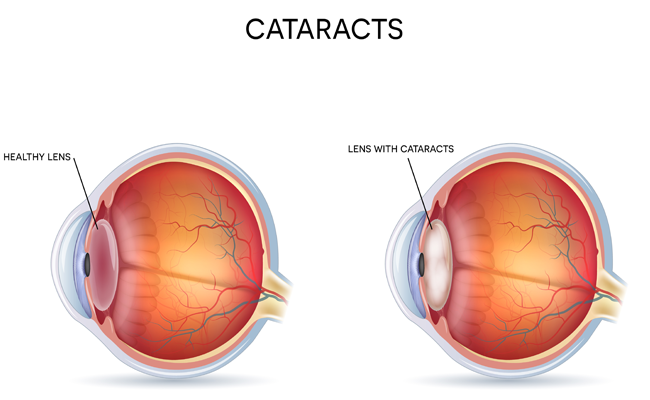

Cataract surgery is a common procedure performed to treat cataracts, which cause clouding of the lens in the eye and can lead to blurry vision and visual impairment.Cataract surgery is one of the most commonly performed surgical procedures worldwide and has a high rate of patient satisfaction and success.
Cataracts cause cloudy or blurry vision, glare, difficulty seeing at night, or colors appearing faded.Cataracts interfere with daily activities such as reading, driving, or watching TV.Cataracts lead to decreased vision that cannot be corrected with glasses or contact lenses.Patients often experience improved vision, reduced dependence on glasses or contact lenses, and enhanced quality of life after surgery.